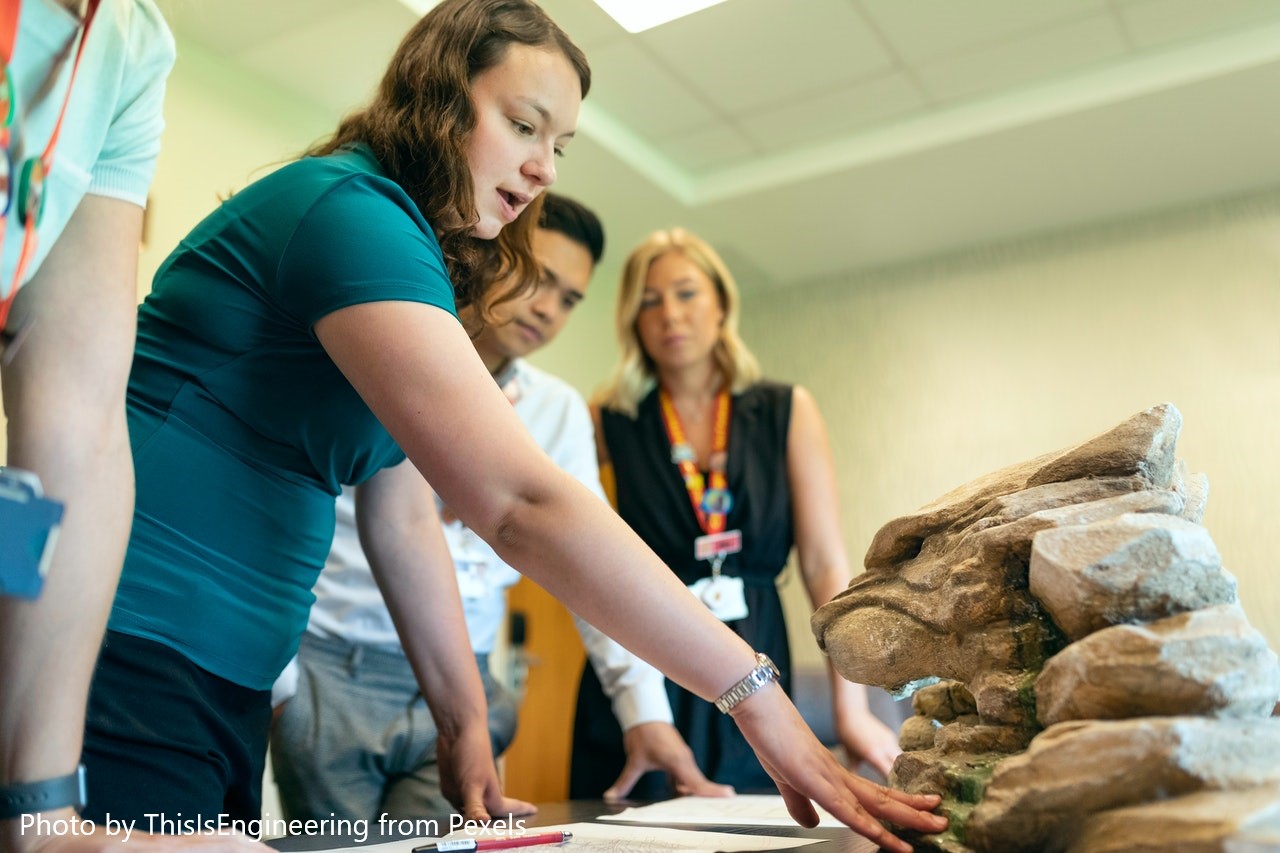
Civil engineering is one of the oldest and most diverse engineering disciplines. Civil engineering is linked to advances in science and mathematics, including material science, geography, geology, hydrology, physics, transportation, construction, and mechanics.
John Westphal, a State Construction Structures Engineer for the Florida Department of Transportation states that, “The civil engineer’s greatest contribution to society is that he serves countless people, providing a safe and durable infrastructure, the integrity and safety of which is taken for granted by those who use it.”
Civil engineers have the strenuous task of dealing with the design, construction, and maintenance of physical and naturally-built environments. Such tasks include projects like designing and maintaining roads, bridges, canals, dams, and buildings. Since civil engineers work on a vast array of projects, the field is typically broken down into multiple divisions, with individuals specializing in one of the many branches. Some of the options are listed below.
Construction engineers plan and maintain structures. These engineers work with designs to ensure that all plans are implemented to their exact specifications. They can be considered a cross between an engineer and manager as they will oversee their project from start to finish. They work with designs from site developers as well as environmental, structural, and transportation engineers.
Geotechnical engineers study soil, foundations, and bearing capacities. The engineer will study the behavior of the earth materials and how they will affect a structure that is to be constructed. They will also evaluate pre-existing structures that are showing signs of problems with the materials under or near the structure.
Structural engineers build structural analyses and design structures. It is their responsibility to engineer a structure that will safely bear or resist the stresses, forces, and loads placed upon it. The design must satisfy the project specifications while meeting all safety regulations. Structures must be designed to endure massive loads as well as natural disasters and climate changes.
Transportation engineers work with the planning, construction and management of transportation facilities and processes. They design and implement infrastructures in order to provide a safe, comfortable, convenient, economical, and environmentally-compatible mode of transport whether it’s on the roadways, airways, or waterways.
Surveying engineers handle the surveying and leveling of land by using different instruments to map and contour the terrain. This is done to locate and measure property lines, layout buildings, bridges, channels, highways, and pipelines for constructions. Surveyors are generally classified into two categories: plane surveying and geodetic surveying.
Water resource engineers deal with the design and construction of hydraulic structures. These structures include dams, canals, and water-distribution systems. They are responsible for the design of the structure as well as the implementation and safety precautions that must be closely adhered to when dealing with hydraulic structures.
Environmental engineers study pollution, sewage management, and the environmental effects of different factors. Many engineers focus solely upon the crisis of pollution and coming up with solutions thereto as well as determining new and inventive ways for sewage management and other environmental entities. They seek to create a more sustainable environment.
Municipal engineers work with urban or city governments on the planning and management of the township. They ensure that the structures within the municipality are properly designed and implemented. Most of these engineers work directly with government officials to improve upon issues involving specifying, designing, constructing, and maintaining streets, sidewalks, water supply networks, sewers, street lighting, municipal solid waste management and disposal, and storage depots for various bulk materials used for maintenance and public works.
Coastal engineers work with coastal and marine structures such as groynes (a rigid hydraulic structure built from an ocean shore or from a bank (in rivers) that interrupts water flow and limits the movement of sediment) and embankments. These engineers not only ensure that the structures are erected correctly, but also safeguard the ecology of the coastal regions.
Tunnel engineers are responsible for the planning, designing, construction, safety, and maintenance of tunnels. There are specifications that must be adhered to when working with tunnels for roadways, waterways, or trains.
Earthquake engineers study the seismic forces and design earthquake-resistant structures. In regions that are known for seismic activities, engineers must design and construct structures to withstand expected seismic activity.
Material engineers examine material strength and the properties of materials used in construction. These engineers determine the best possible materials to be used for a project based on that project’s specifications. Their work impacts every other branch of engineering, as their fellow engineers rely on accuracy in their data when making their calculations and designs.
As you can see, civil engineering is one of the most diverse of all engineering fields and the opportunities are endless for these high-demand professionals.
MyStemKits.com is the world’s largest library of 3D-printable STEAM curriculum for K-12. Content combines standards-driven instruction with 3D-printable manipulatives, providing students with real-world, hands-on learning experiences that promote 21st century skills. For more information on MyStemKits, including lessons related to engineering such as the City Engineering Kit and Extended New York Balance kit, please visit boxlight.com/robo.


